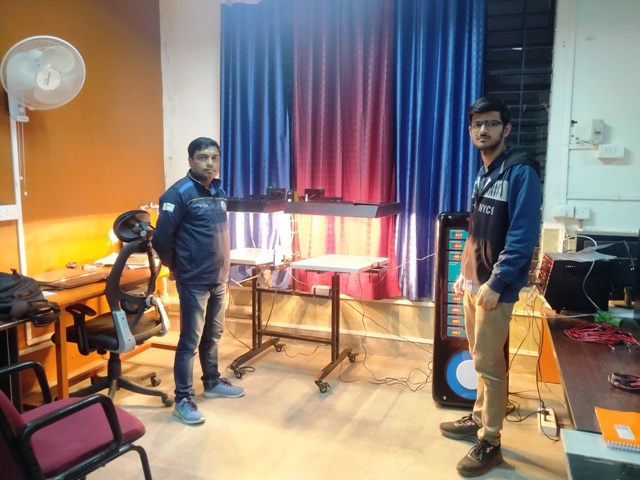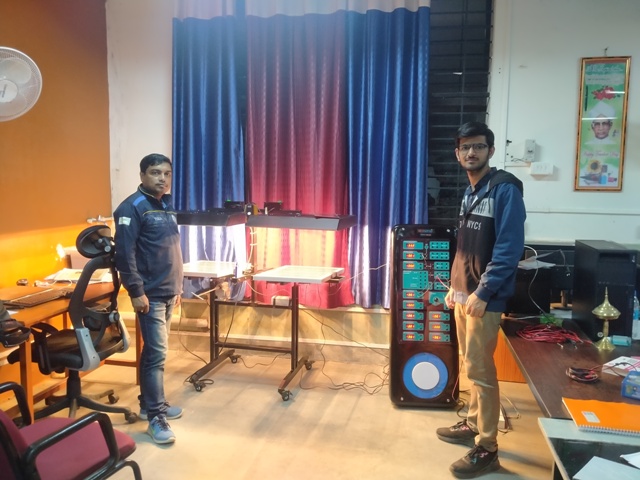A. Science behind
Solar Photovoltaics
• To
demonstrate the I-V and P-V characteristics of PV module with varying radiation
and temperature level
• To
demonstrate the I-V and P-V characteristics of series and parallel combination
of PV modules.
• To show
the effect of variation in tilt angle on PV module power.
• To
demonstrate the effect of shading on module output power.
• To
demonstrate the working of diode as Bypass diode and blocking diode.
B. Standalone
Photovoltaic Systems
• Workout
power flow calculations of standalone PV system of DC load with battery.
• Workout
power flow calculations of standalone PV system of AC load with battery.
• Workout
power flow calculations of standalone PV system of DC and AC load with battery.
• To draw
the charging and discharging characteristics of battery.
C. Research based Experiments
• Find the
MPP manually by varying the resistive load across the PV panel.
• Find the
MPP by varying the duty cycle of DC-DC converter.
• Observe
the Vm, Im, Pm and duty cycle at which MPP occurs, with MPP algorithm.
• Observe
the response of Pm in the plotter and compare with the Pm observed in previous
experiment
• Perform
the previous three Experiment with only battery in the circuit.
• Observe
the output waveform of the inverter in auto mode.


